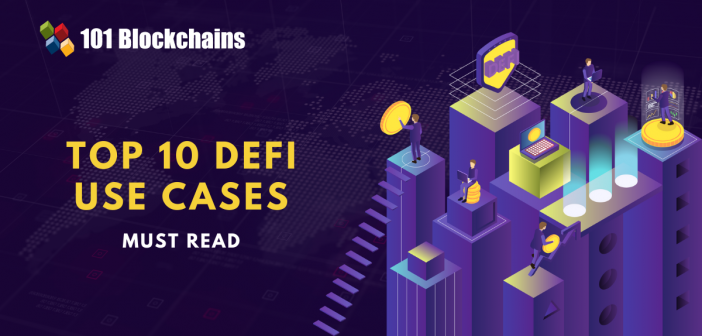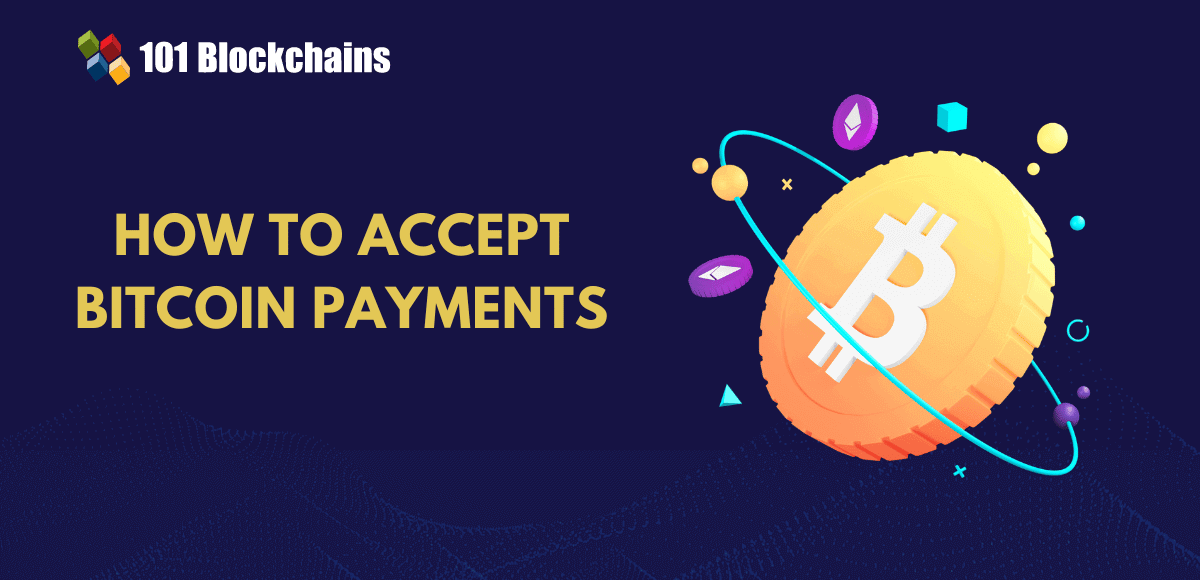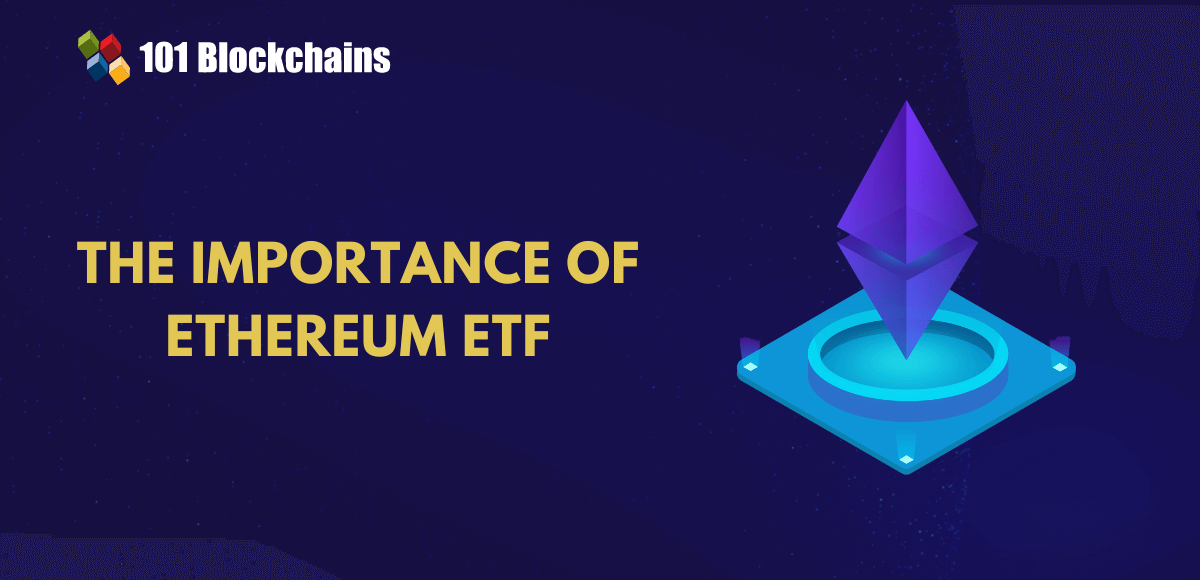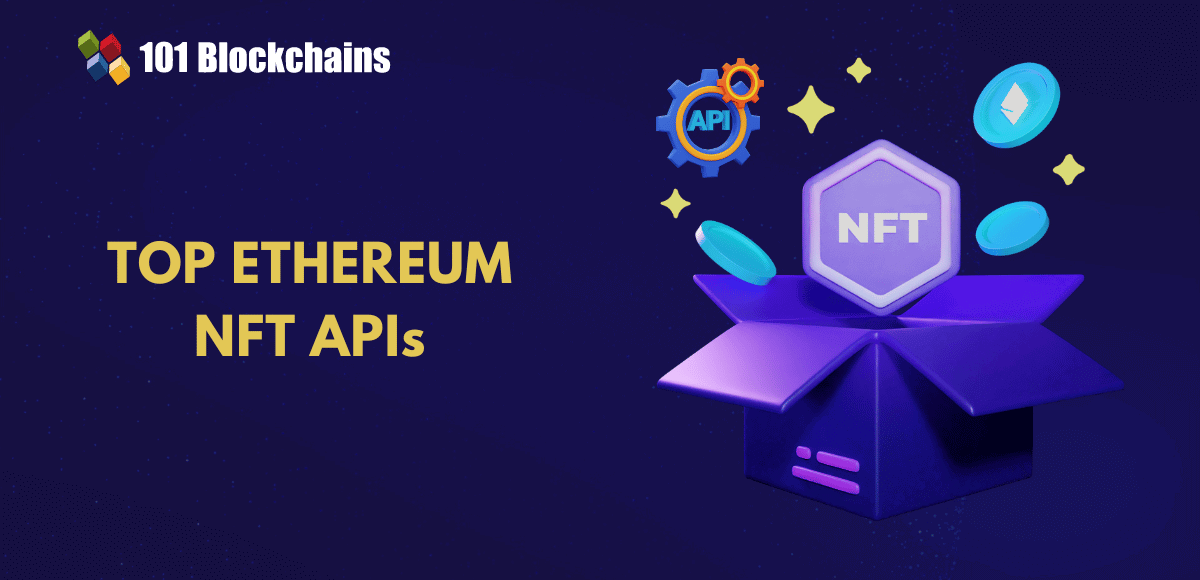This article analyses the promising DeFi use cases and how they are solving the major flaws of the legacy financial systems. At the same time, we would discuss notable DeFi projects playing influential roles in those use cases.
Without a doubt, DeFi is the key driver of disruption for blockchain technology. It has not only created better alternatives of traditional financial practices but also innovated newer financial concepts like synthetic assets. As the financial world is going through this rapid transformation caused by DeFi, it is high time you looked for new opportunities.
Let’s deeper dive into the DeFi cases and analyze the scopes and opportunities for innovation and advancement.
Want to learn and understand the scope and purpose of DeFi? Enroll Now in Introduction to DeFi- Decentralized Finance Course
What Is Decentralized Finance Technology (DeFi)?
Decentralized finance (DeFi) refers to an alternate finance system that uses public blockchain technology for performing all kinds of financial activities. The core purpose of DeFi is to offer a viable alternative solution to the centralized middleman-focused legacy system.
In the traditional financial system, the participating parties rely on banks, brokerages, or other financial organizations for financial structures. Moreover, centralized entities have complete control over the entire financial system. These issues act as buffers that impact the transaction speed and cost — leading to dissatisfaction among the parties in the financial system.
The introduction of the first-generation blockchain with cryptocurrencies showed the possibility of an alternate financial infrastructure. With blockchain technology, people could transact without any third-party or middleman, acting as the validating agent. However, Ethereum is the pioneer that introduced the world to the DeFi.
The Ethereum blockchain ecosystem introduced the world with newer technological tools, such as — digital assets, smart contracts, and dApps. All of these tools became the core components of decentralized finance projects. Soon, the DeFi projects got mainstream success as they were solving the major flaws of the legacy system.
For example, about 1.7 billion adults are still unbanked and many financial experts are pointing fingers at the complications in the current baking system. Furthermore, the lack of transparency influences the judgment of the people regarding the legacy model.
Decentralized finance technology projects are offering newer solutions that could attract the unbanked population of the world. At the same time, the top DeFi projects are removing the system buffers, bringing transparency, and improving the transaction speed and cost.
Now, you may ask — what do people use DeFi for? To understand this concept better, you should dive into the DeFi use cases and projects.
Want to explore in-depth about DeFi protocol and its use cases? Join the Standard & Premium Plans and get free access to Decentralized Finance (Defi) Course- Intermediate Level Now!
Please include attribution to 101blockchains.com with this graphic. <a href='https://101blockchains.com/blockchain-infographics/'> <img src="https://101blockchains.com/wp-content/uploads/2021/05/top-defi-use-cases.png" alt="top defi use cases" border='0' /> </a>
Top DeFi Use Cases
DeFi has brought radical changes in the finance world in the last couple of years. This new form of financial system can outperform the legacy systems in terms of efficiency and security. It’s true that there are some risks in DeFi but those within the manageable limits.
Let’s take a look at the most impactful DeFi use cases —
Asset Management
One of the biggest impacts of DeFi is that users can now enjoy more control of their own assets. Many of the top DeFi projects are offering solutions that allow the users to manage their assets, including — buying, selling, and transferring digital assets. Thus, the users can even earn interest from their digital assets too.
On contrary with the traditional financial system, DeFi allows the users to maintain the privacy of their sensitive data. Think of the private keys or passwords for your financial accounts — you had to share that information with relevant organizations earlier.
Now, different DeFi projects, like Metamask, Argent, or Gnosis Safe are helping the users to encrypt and store those pieces of information on their personal devices. This ensures that only the users have the access to their accounts and can manage their assets. So, asset management is one of the most practical decentralized finance uses cases to the users.
Complying to AML and CFT Measurements through KYT Mechanism
Traditional financial systems focus heavily on Know-Your-Customer (KYC) protocols. KYC guidelines are its biggest compliance tool for implementing Anti-Money Laundering (AML) and Countering-the-Financing-of-Terrorism (CFT) measurements.
However, KYC guidelines often contradict with the privacy efforts of DeFi. DeFi answers this issue with a newer concept called — Know-Your-Transaction (KYT) mechanism. This mechanism suggests that the decentralized infrastructure would focus on transaction behaviors digital addresses rather than the identity of the users.
So, KYT solves two issues at the same time — monitoring the real-time behavior of the transactions and ensuring the privacy of the users. This makes KYT one of the major scopes for decentralized finance use cases.
Want to explore an in-depth understanding of security threats in DeFi projects? Join the Standard & Premium Plans and get free access to DeFi Security Fundamentals Course Now!
Decentralized Autonomous Organizations or DAOs
The DAOs are the counterpart of centralized financial organizations in DeFi — making it one of the pillars of decentralized finance use cases.
In the traditional system, centralized financial organizations play a massive role. These organizations serve as administrative entities that manage the core financial operations, such as — fundraising, managing assets, implementing governance, etc.
The Ethereum blockchain ecosystem introduced decentralized organizations to serve the same goals. However, DAOs are by nature decentralized and don’t adhere to the boundaries imposed by central governments or authorities.
Analytics and Risk Management Tools
Transparency and decentralization paved the way to discover and analyze an unprecedented amount of data for the users. With the access to these data, users can make well-informed business decisions, discover new financial opportunities, and adopt better risk management tactics.
A new breed of data analytics with useful blockchain tools and dashboards has emerged from this industry trend. DeFi projects like DeFi Pulse or CoDeFi Data are bringing an impressive amount of value with analytics and risk management tool.
Now, businesses have become more agile as they are enjoying unforeseen competitive advantages. This is surely one of the more impacting decentralized finance use cases.
Excited to develop fluent knowledge of the DAO ecosystem? Join the Standard & Premium Plans and Enroll Now in DAO Fundamentals Course!
Derivatives and Synthetic Assets
Smart contracts allow the creation of tokenized derivatives and it has become one of the most unique DeFi use cases. Tokenizing a derivative means setting the value of a contract based on an underlying financial asset or a set of assets. This underlying financial asset works like a traditional security, meaning it could include — bonds, fiat currencies, commodities, market indexes, interest rates, or stock prices.
Now, tokenization of derivatives are secondary securities and their value changes with the value of the primary securities (bonds or fiat currencies). Thus, derivatives are essentially creating synthetic assets.
Synthetix and dYdX are some of the leading DeFi projects focused on tokenized derivatives.
The Network Effect of Infrastructure Tooling
In the DeFi ecosystem, the components within a system can connect and interoperate. This design feature is known as composability and acts as a core infrastructure development protocol. As a result, DeFi projects are continuously integrated through a network effect.
The infrastructure tools are notable DeFi use cases. Different DeFi projects, such as — TruffleSuite or InfuraAPI, are good examples in this case.
Want to learn the fundamentals of tokenization? Enroll Now in Tokenization Fundamentals Course
Improved Digital Identity
Blockchain-based digital identity systems are already getting much traction in recent times. Pairing DeFi protocols with these identity systems could help people accessing the global economic system.
The traditional approach prizes one’s income or accumulated asset as the nominators for creditworthiness. With DeFi-paired digital identity, it’s possible to consider the other practical attributes, such as — financial activities or professional prowess.
This new type of digital identity could help the underprivileged to access the DeFi applications from anywhere with an internet connection. It could surely be one of the potential use cases.
Insurance
Insurance is one of the major financial industries and has already proven to be one of the major DeFi use cases. The current insurance system is bottlenecked with an abundance of paperwork, age-old audit systems, and bureaucratic insurance claiming procedures.
With the successful implementation of smart contracts, all of these issues with the current system could be solved.
Many DeFi projects (Nexus Mutual, Opyn, and VouchForMe) are even offering blockchain for insurance coverage against DeFi or smart contract risks.
Curious to understand the complete smart contract development lifecycle? Join the Standard & Premium Plans and get free access to the Smart Contracts Development Course Now!
P2P Borrowing and Lending
As DeFi is saying goodbye to the traditional banking systems, a vacuum for the borrowing and lending market has emerged. So, borrowing and lending protocol is one of the vital DeFi use cases.
However, the DeFi ecosystem is more suitable for peer-to-peer (P2P) borrowing and lending efforts. Multiple DeFi projects have already entered the market focusing on this particular use case. Among these projects, Compound and PoolTogether are two well-known names. These projects have autonomous interest-based protocols for borrowing and lending assets.
Payment Solutions
One of the core drivers for DeFi was serving the unbanked or underbanked from the get-go. The inherent traits of DeFi make it well-suited for solving the issues of the current global payment systems. DeFi offers faster, safer, and more transparent solutions compared to legacy systems.
As DeFi drops down the need for middlemen, making payments simpler and more transparent, the DeFi-based blockchain in payment solutions could become appealing to the unbanked population.
Start learning Decentralized Finance (DeFi) with World’s first DeFi Skill Path with quality resources tailored by industry experts Now!
What Do People Use DeFi for? Other Use Cases
Decentralized Exchange
Decentralized exchanges can give newer meaning to the trading activities in the DeFi ecosystem, being one of the more impactful DeFi use cases. Some might think that decentralized exchanges are only meant for trading cryptocurrencies. This is far from the truth — these exchanges encompass anything from asset trading to derivative trading.
As there is no central authority on the commanding position, there is no risk of asset manipulation or market manipulation. Plus, decentralized exchanges offer lower exchange fees, faster settlement, and complete control over their digital assets through blockchain digital transformation.
Gaming and eSports
Long gone are the days, when video games were nothing but a form of entertainment. Most of the new video games have in-app purchases and loot box features in them. These features enable users to use real-life currency to buy new skins for their characters and tools.
With the use of DeFi, game developers can implement the newer incentive or reward models with DeFi coins. In fact, gaming and eSports will likely become one of the major markets as the users are more tech-savvy and open to newer technologies.
Want to become a Cryptocurrency expert? Enroll Now in Cryptocurrency Fundamentals Course
Margin Trading
Margin trading is a common feature of the traditional trading system. In simpler terms, it refers to the act of borrowing money from the brokers to invest and gain short-term gain.
With the use of DeFi, traders don’t need to rely on the brokers to borrow. Instead, they could smart contracts to enforce decentralized and non-custodial lending protocols. DeFi projects, such as Compound and dYdX have already implemented such lending blockchain protocols. Some are referring to this practice as — the autonomous money markets.
Prediction Platforms
Despite the stigma around the concept, prediction platforms and the market are very large and attract many users. The rise and use of DeFi, has created an opportunity to develop DeFi-based prediction platforms where users could trade value by forecasting or predicting the outcome of future events. These prediction platforms are peer-to-peer, decentralized, and offer global access.
Augur is one of the leaders in the DeFi ecosystem that specialize in the prediction market. This platform allows the users to place bets on events like — sports, world events, economics, election results, and more.
Build your identity as a certified blockchain expert with 101 Blockchains’ Blockchain Certifications designed to provide enhanced career prospects.
Savings
Due to the high inflation rate of fiat currencies and the low-interest rates, saving money has become a challenge in the current economy. In fact, the risk-averse middle-class citizens around the world are desperately seeking alternate investment/savings solutions.
Different decentralized finance (DeFi) projects have taken the opportunity to introduce new solutions. Projects like PoolTogether, Dharma, or Argent are showing promises with their no-loss savings ideology.
Stablecoins
Cryptocurrencies are highly volatile assets that gain or lose value within seconds. This is one of the major reasons why cryptocurrencies are yet to achieve mass adoption.
Stablecoins, on the contrary, offer a better proposal. A stablecoin is a special type of cryptocurrency that is asset-backed. The pool of assets includes but is not limited to — fiat currencies, gold, oil, commodities, and other cryptocurrencies.
Thus, stablecoins can reduce the overall volatility of the cryptocurrency ecosystem and become a viable global payment solution.
Want to learn the basic and advanced concepts of Stablecoin? Enroll Now in Stablecoin Fundamentals Masterclass Course!
Tokenization
Asset tokenization is one of the core features of the DeFi ecosystem. Tokenization is the process of — creating, issuing and managing digital assets on a blockchain network. As any kind of asset could be tokenized and stored on a blockchain, it is essentially creating a new form of economy.
For example, NFTs are tokenizing unique digital assets that hold value based on the rarity and the demand for any particular digital asset. A plethora of decentralized finance projects are working on tokenizing digital assets for creating, storing, or trading value.
Trading platforms and tools
Trading is one of the fundamental financial tools that has been working since the innovation of human civilization. However, the introduction of the DeFi ecosystem has opened up doors to many new forms of trading. This newer form of trading includes — crypto trading, margin trading, derivative trading, NFT trading, and many more.
These trading options have led to the creation of many DeFi projects that develop analytics tools, exchange platforms, digital wallets, and marketplaces.
Moreover, these DeFi projects or decentralized finance applications offer lower commission rates, liquidity pools, faster and secure transitions, settlement options, transparency, and decentralization.
Final Words
Judging by the sheer number of DeFi projects and use cases, it becomes apparent that DeFi has a strong position in the global economic ecosystem. DeFi has not only offering viable alternatives but also innovating newer markets and trading opportunities. Moreover, DeFi has the capability to outmatch the legacy systems and technologies in every way possible.
However, DeFi is still suffering from a number of roadblocks and challenges. For instance, people are still reluctant to adopt the newer approaches and practices due to the skepticism and lack of education. Also, stats suggest that about 63.2% of the global population has access to the internet — meaning over one-third of the global population can’t have the access to DeFi.
Still, the trends and current economic climate indicate the DeFi is the future of finance and it is here to stay.
*Disclaimer: The article should not be taken as, and is not intended to provide any investment advice. Claims made in this article do not constitute investment advice and should not be taken as such. 101 Blockchains shall not be responsible for any loss sustained by any person who relies on this article. Do your own research!








